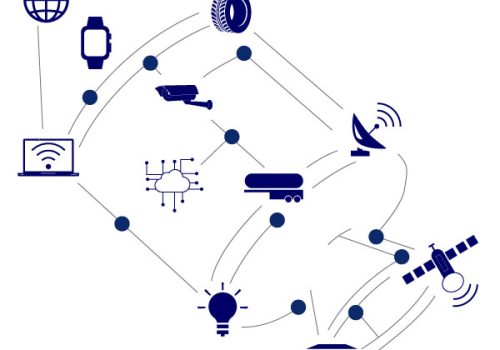The project aims to develop and enhance GNSS and Galileo receivers by reducing their energy consumption, and therefore allow Galileo Positioning System to fully answer rising IoT challenges.
Indeed, plenty of IoT usage would benefit from positioning, but since a GNSS chipset consumes a lot of energy to compute a position, cheaper energy solutions are preferred. But this comes with a cost: very unprecise positioning, dependent on networks which do not cover the entire planet.
On the other hand, GNSS is available everywhere, even underground’s, since Syntony developed SubWAVE to extend GNSS coverage to confined areas such as tunnels or metros. The challenge here was to find an efficient way to drastically reduce energy consumption and allow cheap energy GNSS positioning.
SoftSpot for IoT computes position from a server, saving lots of energy
The Apollo Project Consortium, composed of LDL, SigFox, and Syntony, produce a solution fitting to the needs of IoT industries: GNSS cloud-based positioning.
Computing remotely GNSS data to get a position displaces the energy consumption, leaving the asset to be tracked only the job of sending raw data to a server. But even if this method saves energy, Syntony engineers pushed things further, helped by our knowledge of GNSS. Our algorithms allow to get a position in less than 5 seconds, with an energy consumption divided by 20, compared to a classic GNSS receiver. This way, IoT devices can either rely on a longer period on their battery size, or be more often positioned, or both.
Moreover, since the positioning computing is remotely made, IoT devices can benefit from innovations and enhancements without having to modify hardware: everything happens on the cloud. This key advantage allows the IoT industry to improve its asset monitoring without having to call back every device to process hardware changes. Thanks to this architecture, the system is highly versatile and improvements can be rapidly deployed, at a very low cost.
Learn more about the project, its goals and achievements, as well as partners on www.apollo-project-gsa.eu

